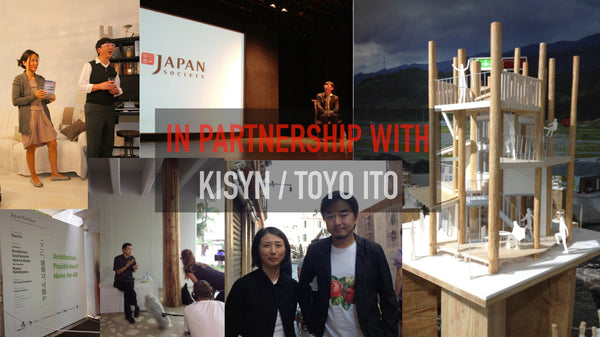JAPAN HOME FOR ALL (RIKUZENTAKATA)

On March 11th, 2011, the North-Eastern coast of Japan was struck by a terrible earthquake, followed a few minutes later by a tsunami that laid waste to cities and villages in the whole region. Many buildings were destroyed and many people died in the event. In the aftermaths of the catastrophe, and before the reconstruction of the cities could be properly planned, priority had to be given to providing temporary lodgings for those who had lost their houses. However people soon felt the need for a warm and welcoming place where they could find some comfort and discuss their plans for the future. In an effort to alleviate the victims’ sufferings, architect Toyo Ito set out to build the first Home for All (Minna no Ie). He formed a non profit architect group called Kishin no Kai, including Yamamoto Riken, Naito Hiroshi, Kuma Kengo and Sejima Kazuyo, and several Home for All have been now built in Tohoku Japan,
Another such Home for All is to be built in Rikuzentakata, for which Ito Toyo required the assistance of several young architects such as Inui Kumiko, Fujimoto Sou and Hirata Akihisa (pictured above). Fashion Girls for Japan has provided $100,000 to fund this project. Additionally, this house was showcased at the 13th Architecture Biennale in the Japan Pavilion which was awarded with the Golden Lion Prize. The house opened on November 16, 2012, merely 7 months after the fundraiser. In conjunction with this, Fashion Girls has sponsored Toyo Ito's lecture "Reimagining Architecture in Post-3.11 Japan" at Japan Society in 2012 and also an informative party for Fashion Girls volunteers to learn more about the work done by KISYN at Fashion Girls for Humanity founder Kikka Hanazawa's home.
Iwan Baan, Toyo's friend and one of the leading architecture photographers today, has captured Home for All architecture and surrounding landscape (below from images @ Iwan Baan website). The building stands on a barren land where very few buildings have been built, partially due to the government restrictions on how new buildings must be built. Most people still live in temporary housings, where no public utility space. As promised, this building has been serving as a communal place in Rikuzentakata, but also for people now visiting to see the project from all over the world, benefiting local economy. On contrary to the barren landscape, inside the house invite warm light into the house, and despite the small size, the building allows visitors to flow from section to section where people enjoy a tatami room or a Nordic style fireplace, making the house look very inviting and cozy.
